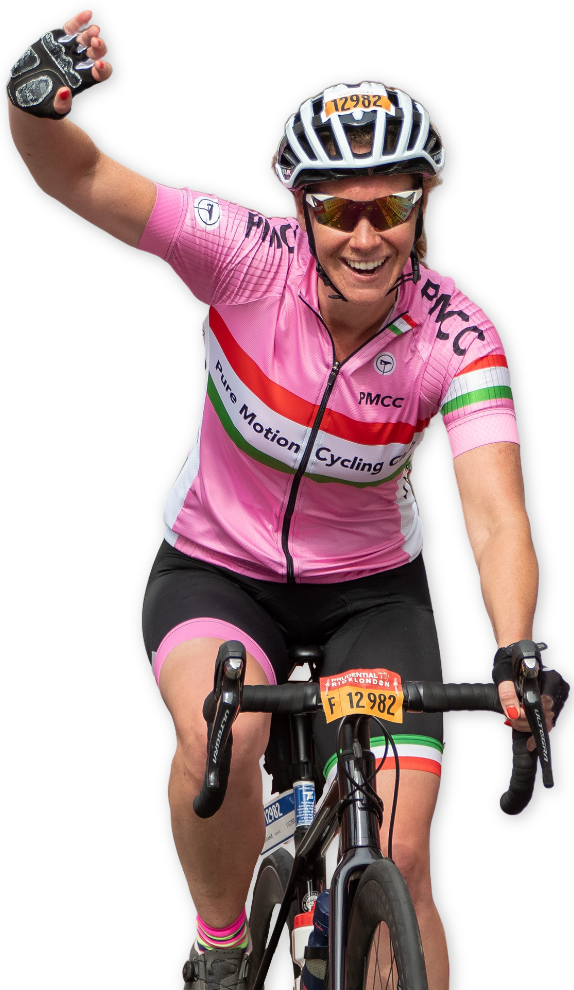Prepare yourself
Remember: My Prudential RideLondon is not a race, and you should not compromise your own safety to get a good time.
Cycling on open roads comes with hazards, so make sure you are well prepared before you head out for your ride to protect yourself and other road users.
Wear a helmet
- Make sure your helmet fits you properly and is secure before setting off
- If you are riding with children always check their helmets too before heading out
Wear the right clothing
- Wear fitted clothing to avoid it getting stuck in your wheels or chain
- Bright colours and fluorescent clothing will help you stand out










